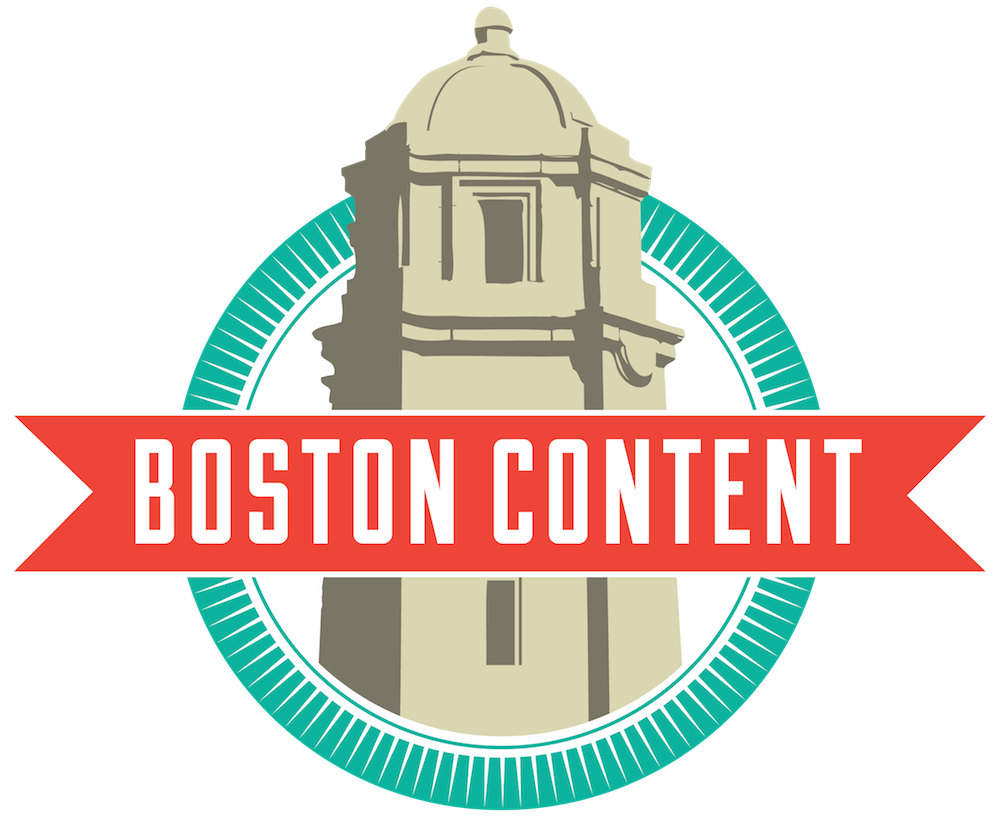Image via Pixabay
This post was written by Brian Kavanaugh, lead content strategist for Upword Search Marketing. Follow him on Twitter, @btkav.
First comes the idea, and that can be hard enough to figure out. But once that’s set, someone has to actually create it.
Creating a piece for SEO should never feel unnatural; if it adds value to users, that’s all that matters. But what do we want to see in a piece in order to feel good about its SEO chances? As an editor, this is the charge I would give the person tasked with putting it together: Give me one thing worth noticing. Not 500 words on this, or seven tips for doing that — one thing.
Give Me an Original Finding
UpWord’s Innovation Director Josh Sturgeon is fond of saying that "most of the Internet is derivative"; it’s all just a series of links to something else. Original studies, data and findings are what tend to break that cycle. TechCrunch might have the most popular articles because it's TechCrunch, but when it comes to industry studies, everyone’s always linking back to channels like comScore or Forrester.
Link building as a practice may not be the most popular in 2015, but links themselves are no less powerful. The key is having something worth linking to. My science days are well behind me, and I imagine yours are too, but the basic formula of “hypothesis > test > conclusion backed by data” is as sure a thing as ever.
(Related: How to Use Data to Improve Your Content Marketing Strategy)
Give Me a Story
Content marketers may be tired of the phrase "storytelling," but users will never tire of compelling stories. In fact, a greater portion of the brain is activated when processing a story, as opposed to when it is processing more basic information. No wonder those are what we remember.
In content marketing, success stories introduce an element of relatability. For B2B, this may mean a case study. For B2C, this may mean an inspiring customer testimonial.
Much like the original finding example above, a success story is yours and yours alone. With more conceptual musings or timely news, there’s a greater chance that someone else is publishing something similar. The more unique a piece is, the lower its competition will be out there in the vast expanse of the Internet. So, what’s your story?
(Related: What Storytelling Does to Our Brains)
Give Me an Embeddable Asset
Videos, infographics and other visuals work because humans tend to be visual creatures. But that’s not all. These elements, when created with an embed link, are enticing for other channels to use because the work is done for them. They use the visual and, in return, you get additional exposure, as well as a link automatically sent back to your site via the embed. (Did I mention that links are a good thing?)
(Related: How to Create Better Infographics)
Give Me a Connection
It’s best to have a strategy for exposure with defined channels, and sometimes that means leveraging existing connections or establishing new ones. Aside from your email list, social audience and daily site visitors, who might see this piece? A good way to expand that reach would be bringing in an industry expert for a quote or perspective on the topic. Maybe this person is from a partner company or from a pre-existing relationship. That connection lends added credibility to the piece, but the real benefit is when the connection yields an entirely new audience as the industry expert shares the piece with his or her own network.
(Related: How to Build a Strategy That Increases, Traffic, Visibility)
Let’s call all this the "give and take rule." Give them something, so that they take notice. Each of the above — an original finding, a story, an embeddable asset or a natural connection — will go a long way in yielding a piece that is interesting and unique. If that’s the case, users and search engines alike will take notice.

